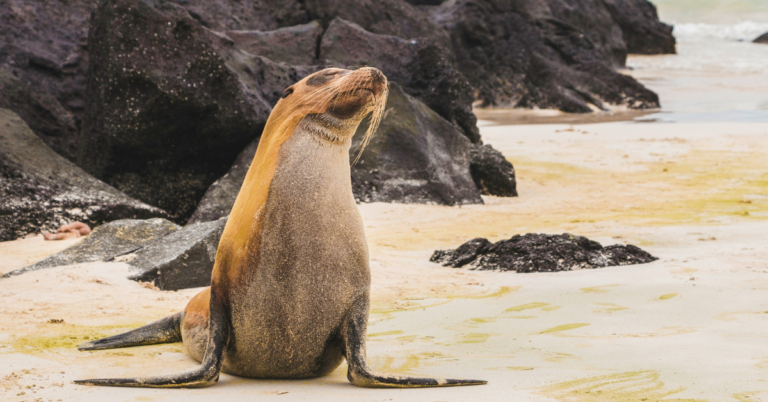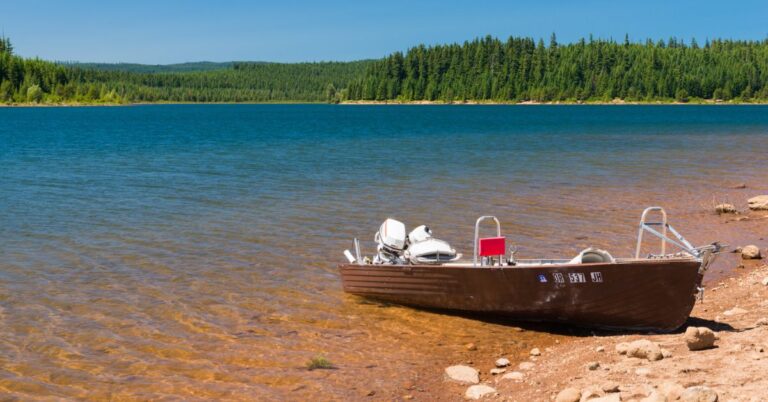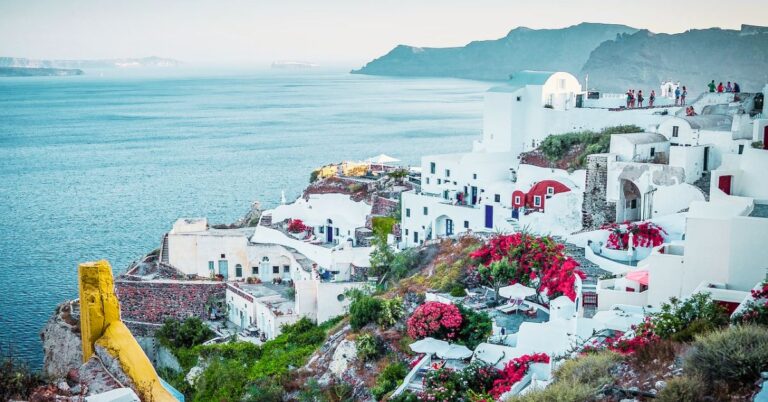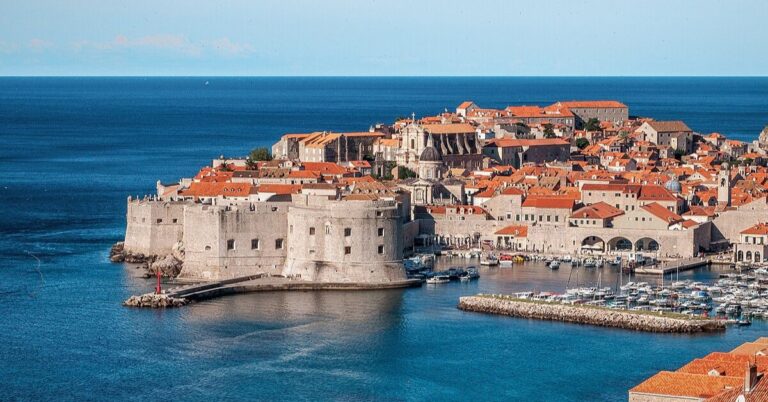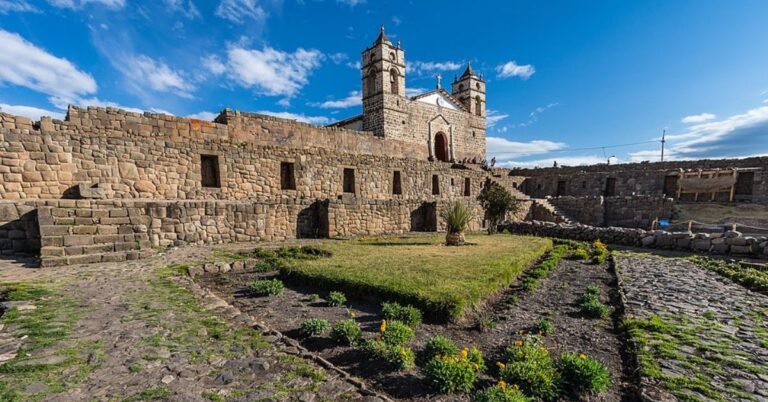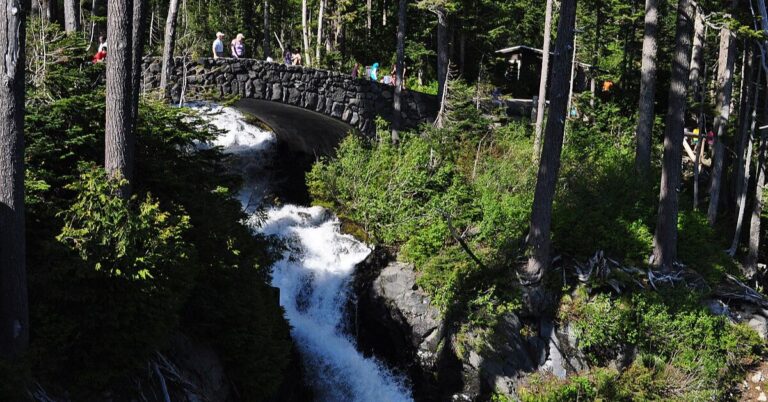25 Wild Escapes Where Nature Doesn’t Play Nice
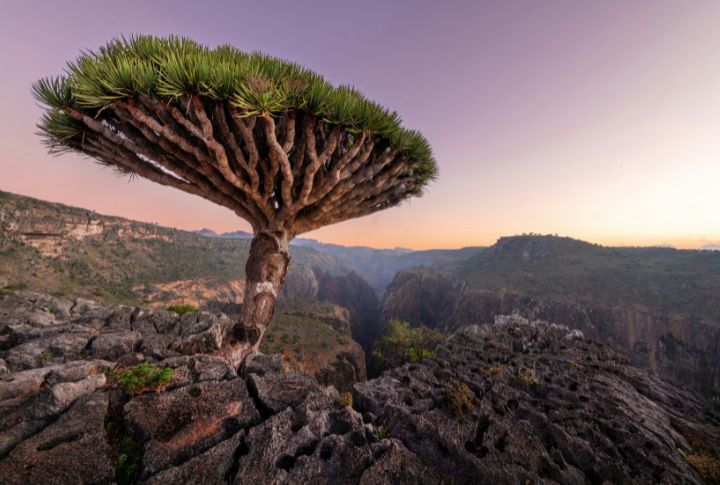
Adventure has many faces, and some come wrapped in a little risk. It’s the kind of travel where every moment counts, and every corner could surprise. Exploring these spots would be to step beyond the ordinary. Interested in a trip that delivers daring stories worth telling? The escapade starts here.
Death Valley: California And Nevada, USA
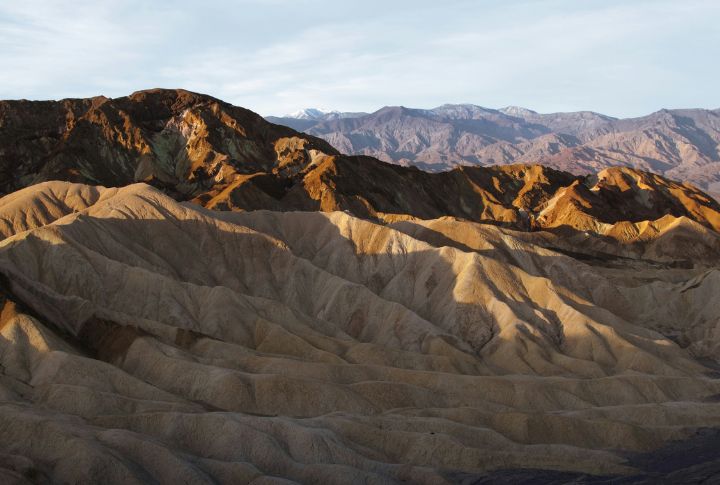
Scorching at 134 degrees Fahrenheit, Furnace Creek set a world heat record in 1913. It was recognized as the world’s highest air temperature at the time. Despite this, visitors explore the park throughout the year. However, sudden floods or a single misstep on dry trails in Death Valley can escalate fast, so plan better.
Half Dome: Yosemite National Park
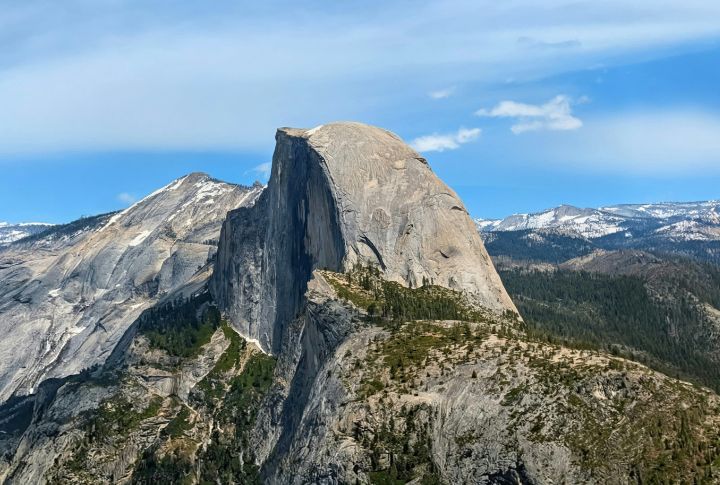
Access to Half Dome’s famous cables is controlled by a lottery system, with permits available from May through October. When you get there, the final climb is risky if crowds build or thunderheads roll in. Even with dry shoes and guts, hikers face a punishing 4,800-foot elevation gain over up to 16 miles on polished, unforgiving granite.
Mount Vesuvius: Italy
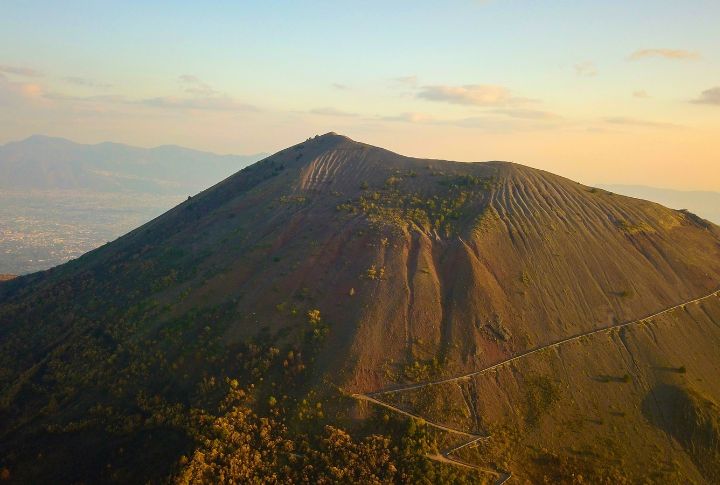
Just outside Naples, Mount Vesuvius looms with a history that scorched Pompeii in 79 AD. Today, visitors can hike to the massive crater—300 meters deep—but only with permission during the open season. The trail is rugged, and the exposed edges leave little room for error. Though quiet since 1944, the volcano is still closely monitored.
Death Road: Bolivia
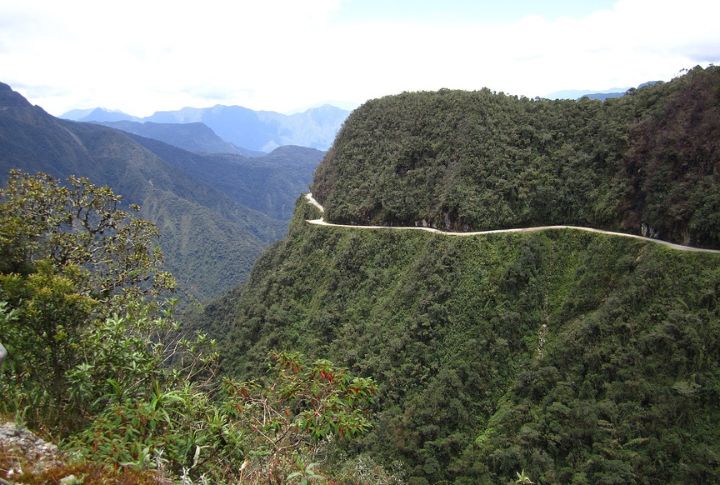
Yungas Road plunges 11,000 feet from La Paz to Coroico, plus no guardrails in sight. Every year, cyclists brave waterfalls, landslides, and sheer drops through dense fog or blazing sun. Most regular traffic now uses a safer bypass, but thrill-seekers still rent bikes daily. Crosses for the departed line the roadside, silent reminders of past tragedies.
Amazon Rainforest: South America
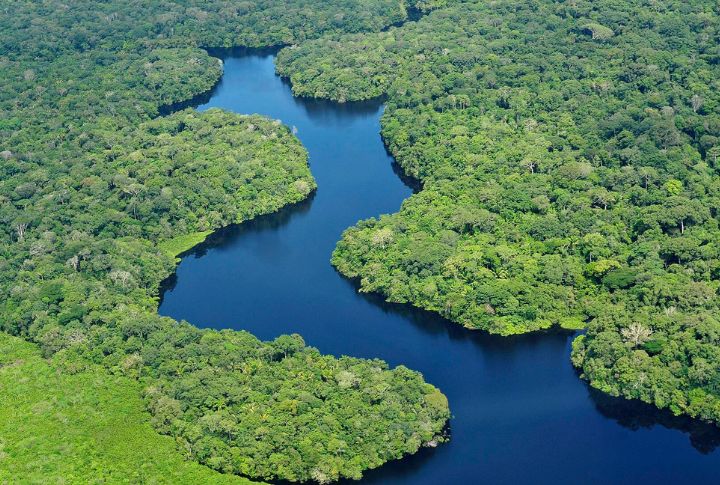
Exploring the Amazon, which spans over nine countries, means facing patchy satellite signals and traveling by dugout canoe or floatplane. Home to approximately 2.5 million insects and 350 indigenous tribes, the rainforest hides jaguars, anacondas, and venomous spiders. Visitors must follow permit rules and avoid uncontacted tribes.
Chernobyl Exclusion Zone: Ukraine
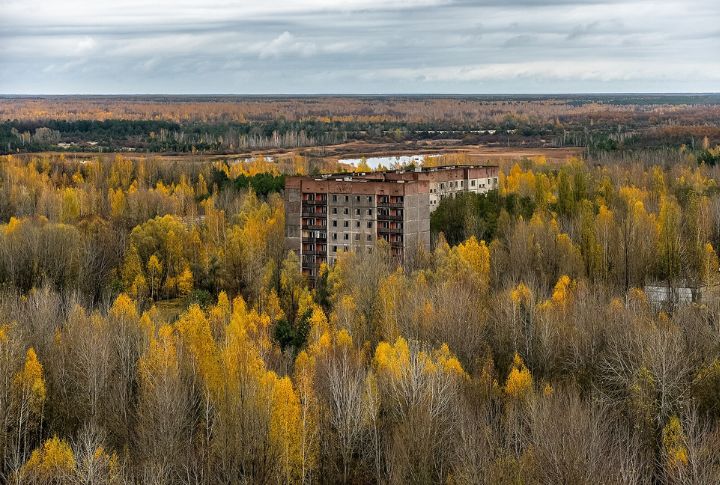
The Chernobyl Exclusion Zone is a bucket-list thrill wrapped in danger inside a 30-kilometer quarantine. Licensed tours are a must. Tourists are obliged to carry dosimeters to track radiation spikes, especially near spots like Pripyat’s eerie amusement park. Roaming wildlife, including wolves and boars, adds to the surreal reminder that nature never really left this place.
Mount Kilimanjaro: Tanzania
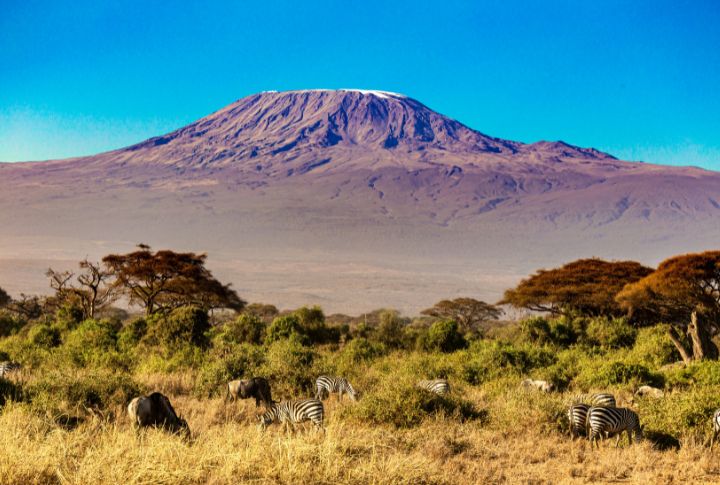
At 19,341 feet, Kilimanjaro stretches through five climate zones with Arctic tundra at the top. Technical gear isn’t necessary, but altitude sickness affects almost half of climbers who dare. Depending on the route, acclimatization can take 4 to 8 days before summit climbs begin, typically just before sunrise. Porters will carry limited gear for you.
Devil’s Pool: Zambia
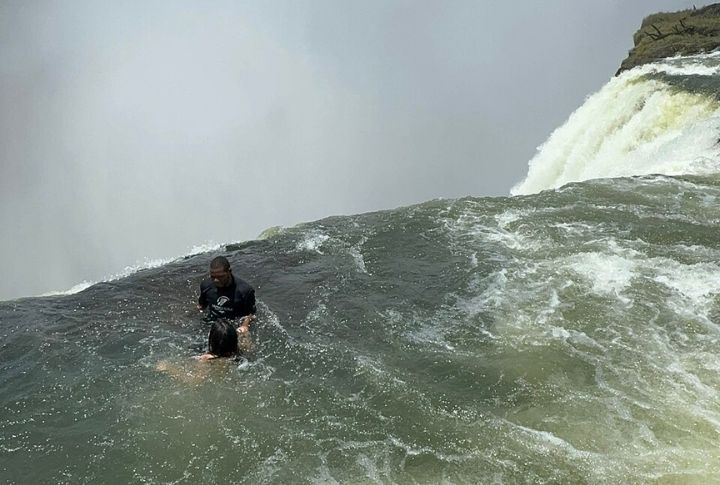
Near Livingstone Island, Devil’s Pool forms at Victoria Falls from mid-August to mid-January when low water levels expose a natural rock barrier. Swimmers must have guides accompanying them because one slip can lead straight down about 355 feet into the Zambezi. Safety and seasonality make this a rare thrill.
Danakil Depression: Ethiopia
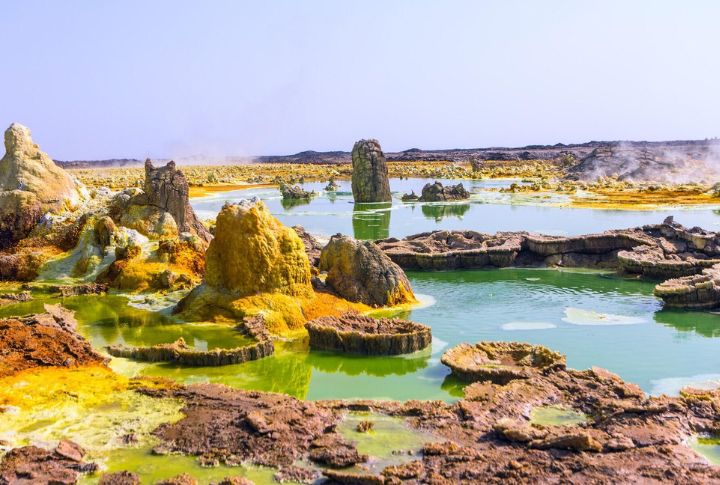
Deep in Ethiopia’s Afar Triangle lies the Danakil Depression, one of the scorching hot places on Earth at 122 degrees Fahrenheit and 125 meters below sea level. Here, salt miners work near bubbling lava lakes and acid springs. Travelers need military escorts through the region’s unrest, while scientists study life in its harsh, otherworldly terrain.
Everest Base Camp: Nepal
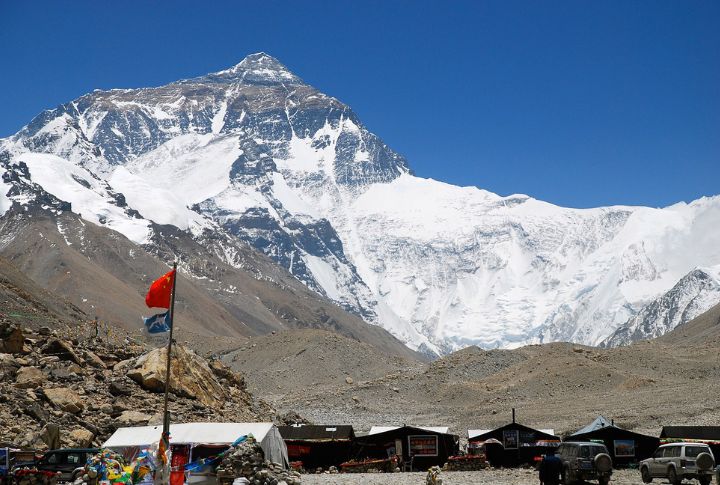
Reaching Everest Base Camp could lead to 12 to 14 days of hard climbs. It all starts at Lukla’s notorious high-altitude airport. The 17,598-foot trek requires careful acclimatization to avoid pulmonary issues. Helicopter rescues of the trekkers aren’t rare or cheap. Even in May, temperatures dip below freezing, and oxygen stays at 50%.
Darvaza Gas Crater: Turkmenistan
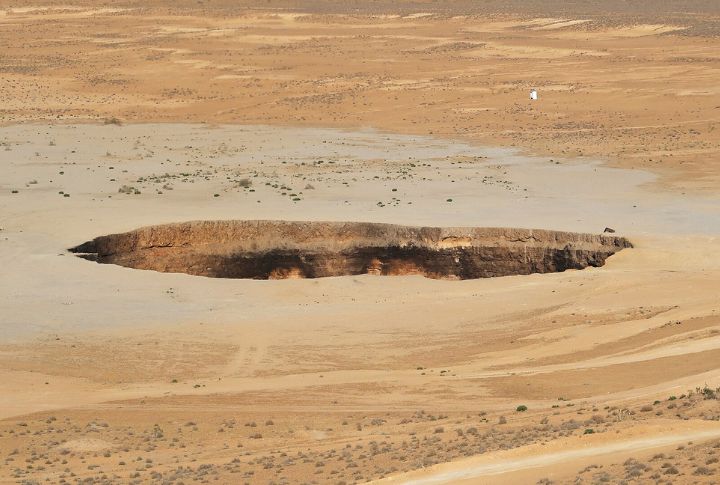
Locals call it the Door to Hell, a 60–70-meter-wide burning sinkhole in Turkmenistan’s Karakum Desert that’s been ablaze since a 1971 drilling mishap. Campers come for the eerie nighttime glow of the flames. But there’s no fence, just fumes and unstable ground daring anyone to step a little too close.
Mount Nyiragongo: Democratic Republic Of Congo
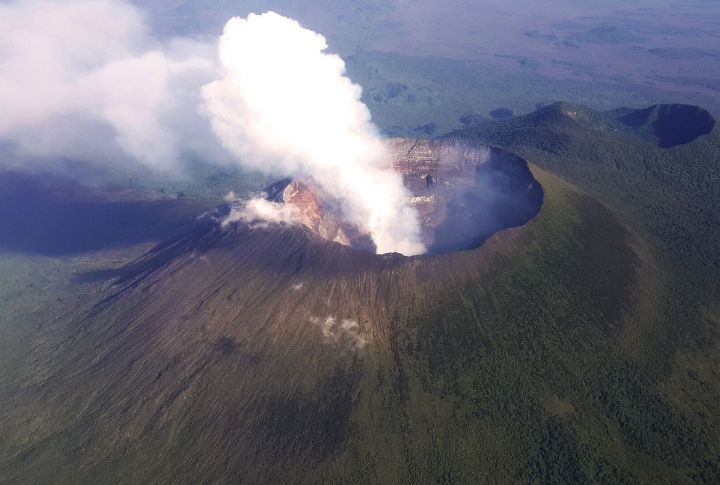
The lava flow of Mount Nyiragongo doesn’t simmer; it moves quickly. In 2002, it tore into Goma within hours, forcing 400,000 people to flee. Today, trekkers register at Virunga Park to hike with armed escorts and stare down into a churning lava lake. Permits are limited, and the climb always starts with caution.
The Kokoda And Black Cat Trails: Papua New Guinea
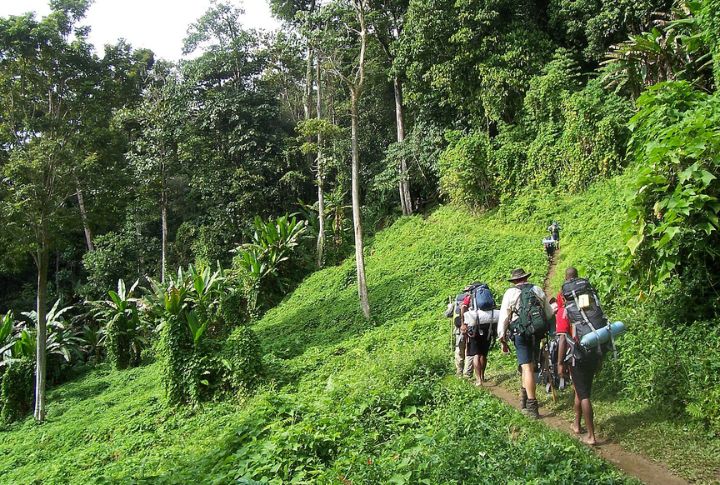
Hiking the Kokoda and Black Cat Trails entails a climb through old WWII battlefields wrapped in jungle and soaked in 90% humidity. Every step invites mud and leeches. Black Cat is the quieter, tougher route. Both require permits and local guides. May to October is the only reliable dry season.
Danxiashan Geopark: China
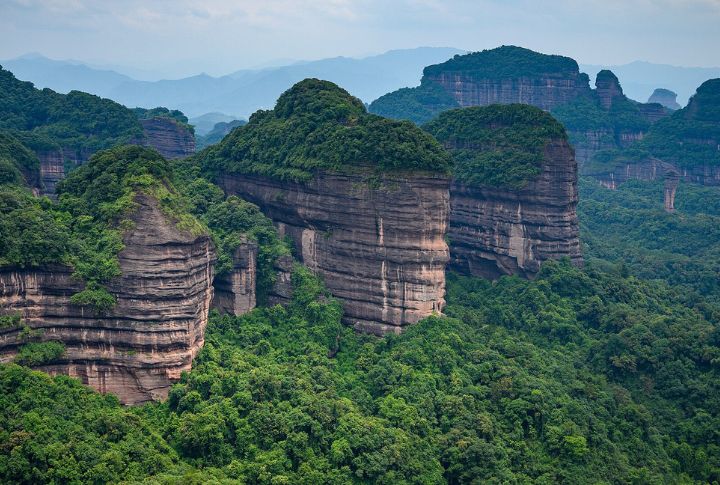
In Guangdong’s Danxiashan Geopark, 70 million years of erosion have carved surreal red sandstone cliffs, some of which have about 300 narrow steps that cling to vertical drops. It’s four hours from Guangzhou and safest between October and March. Still, don’t stray off the marked paths to avoid snakes and landslide-prone zones.
Trift Bridge: Switzerland
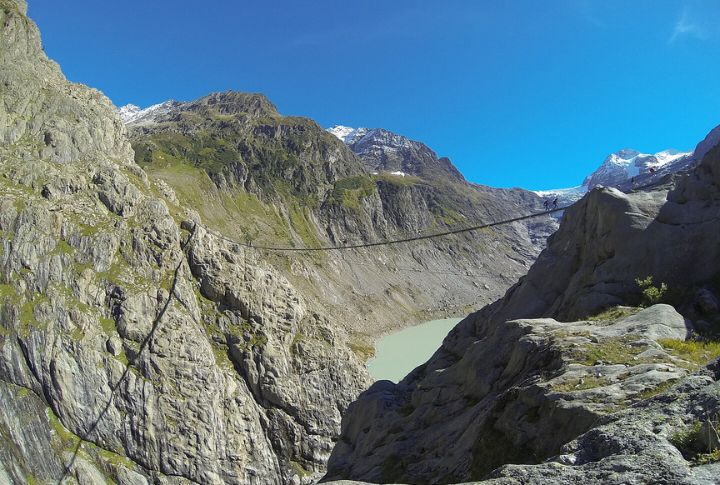
Wobbling high above a glacial gorge in Gadmen, Trift Bridge stretches 170 meters long and hangs 100 meters up. To reach it, you’ll have to take a cable car, then a hike. It’s open from June to October, but glacier melt reshapes paths fast, and fog sometimes hides the drop until you’re halfway across.
Kawah Ijen: Indonesia
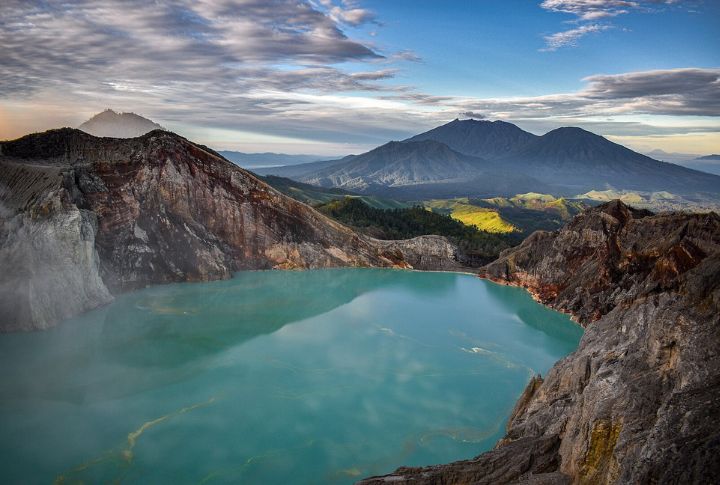
Climbing 700 meters at night, hikers reach Kawah Ijen’s sulfurous crater lake, where toxic gas and burning blue flames create a beautiful but dangerous zone. The 3 km trek is slippery and steep. Miners brave fumes without masks. However, sudden evacuations prove that permits and guides are in place to save lives.
Socotra Island: Yemen
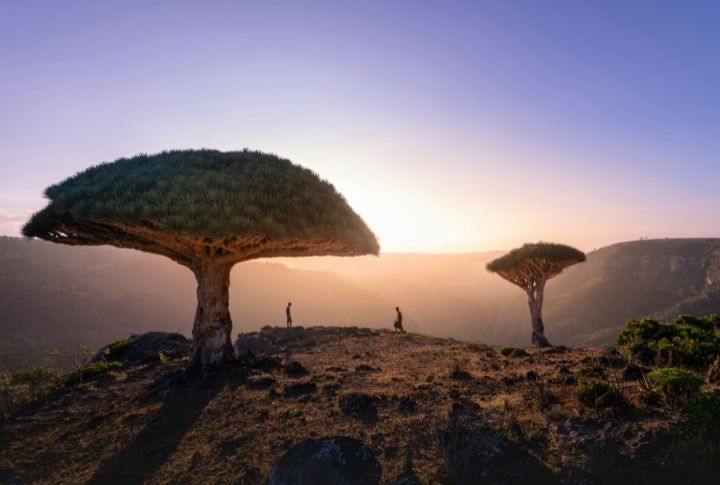
Unique dragon’s blood trees and 300 endemic plants make Socotra Island a world apart. Flights rarely land from Cairo or Abu Dhabi, while monsoon winds between June and September often stop travel altogether. Civil permits and local coordination ensure visitors tread lightly on this fragile island that has few facilities.
Gates Of The Arctic National Park: USA
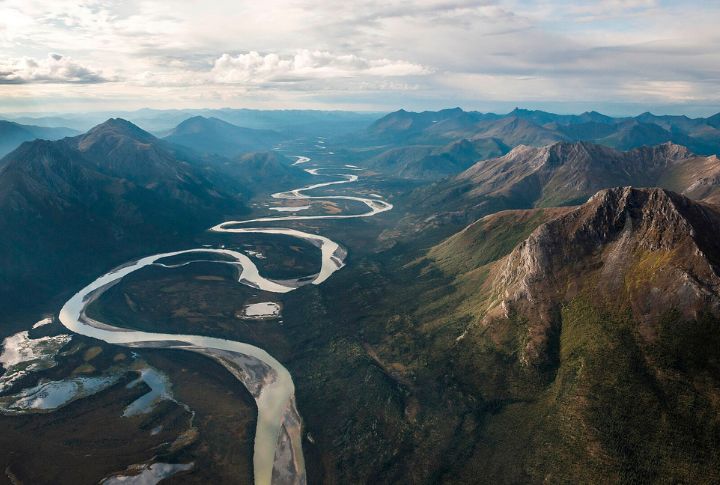
Travelers to Alaska’s Gates of the Arctic face 8.4 million acres without roads or cell coverage. Flying into Bettles or Coldfoot is just the start—bush planes reach the true wild. Temperatures can plunge to minus 40 in winter, and river crossings test both skill and caution, making detailed GPS data and backup plans essential.
Angel Falls: Venezuela
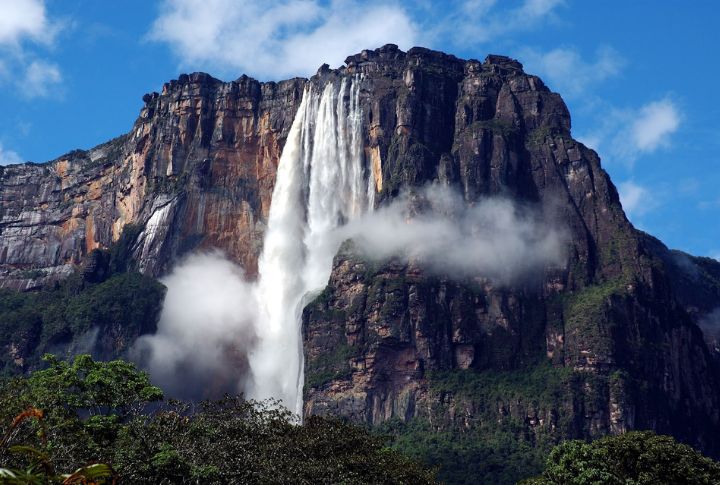
Located in Canaima National Park, Angel Falls drops 3,212 feet through Venezuela’s jungle. Reaching it involves a 4–6 hour canoe journey along swift rivers, followed by a slippery hike. Permits and local Pemon guides are required, and with limited flights and minimal medical access, the journey demands careful planning.
Boiling Lake: Dominica
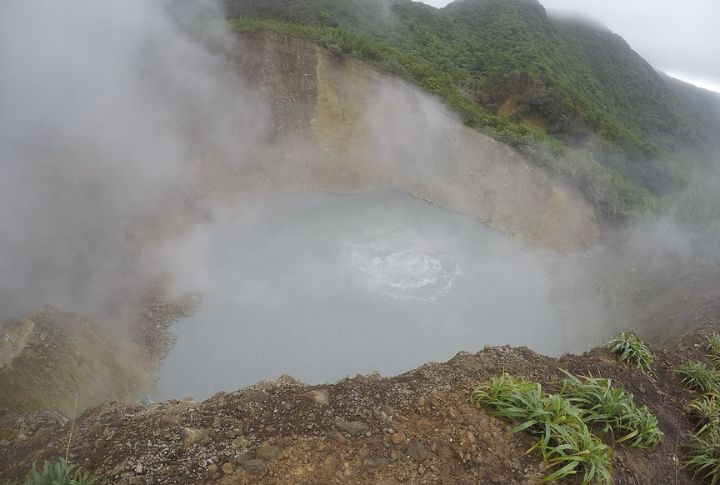
A three-hour hike through Morne Trois Pitons National Park takes you to the Boiling Lake, where the water bubbles fiercely and edges heat up to nearly 194 degrees Fahrenheit. Sudden steam bursts surprise many, so having licensed assistance is vital, especially in hurricane season when the trail becomes hazardous.
Skellig Michael: Ireland
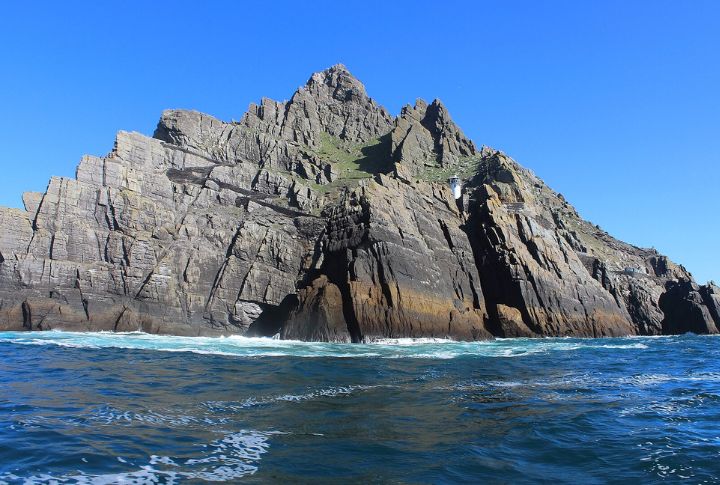
Carved by monks in the 6th century, 618 stone steps zigzag up 590 feet from sea level on Skellig Michael’s rugged cliffs. Between mid-May and late September, visitors brave rough seas to glimpse puffins and storm petrels nesting in every crevice. However, the wild Atlantic often decides who gets ashore.
Antarctic Peninsula: Antarctica
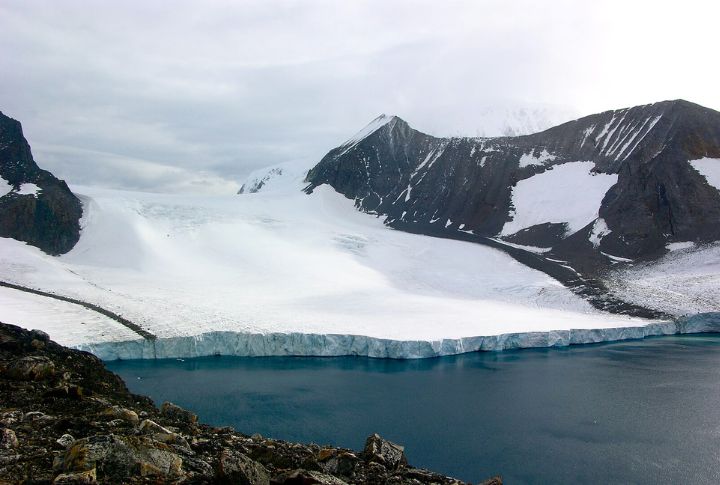
Adventurers step onto the Antarctic Peninsula’s frozen coasts, where towering glaciers plunge into frigid waters and penguins reign. Strict protections limit tourism to November through March. An unpredictable weather and rugged terrain challenge both spirit and respect for one of Earth’s last wild frontiers.
Mount Huashan: China
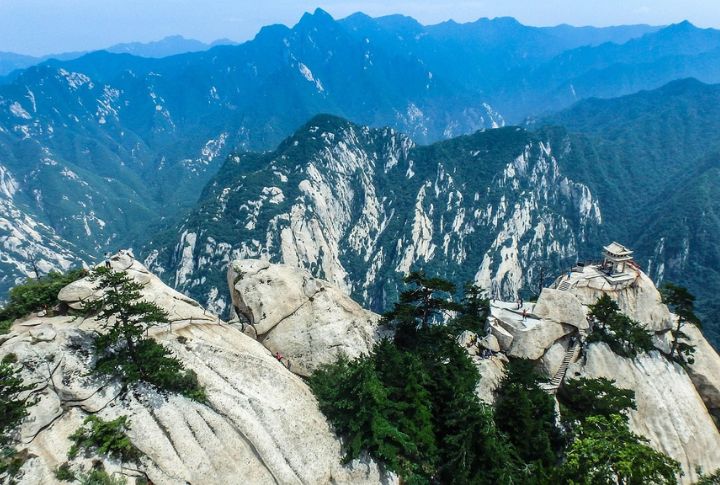
The South Peak of Huashan looms at 2,154 meters; its icy slopes challenge daring hikers. Wooden planks strapped to cliffs offer a heart-pounding route, with harnesses keeping climbers steady. Tickets and timed entries keep the crowd in check, while the “Plank Walk in the Sky” pushes stamina and nerves to the limit.
Tongariro Alpine Crossing: New Zealand
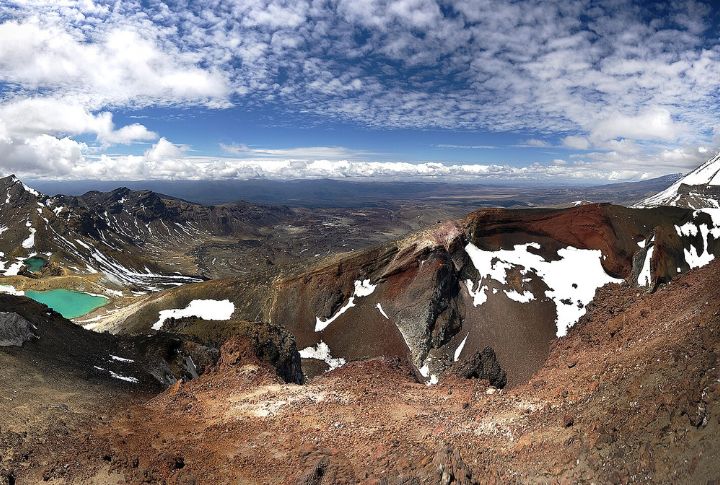
Volcanoes, sudden snowstorms, and “Lord of the Rings” lore collide on the 19.4-km Tongariro Crossing. Here is where Mount Ngauruhoe stood as Mount Doom in the films. Sulfur fumes and unstable slopes add to the challenge of the hike. No permit is needed, but shuttles are strongly recommended to avoid the need for rescue.
Bikini Atoll: Marshall Islands
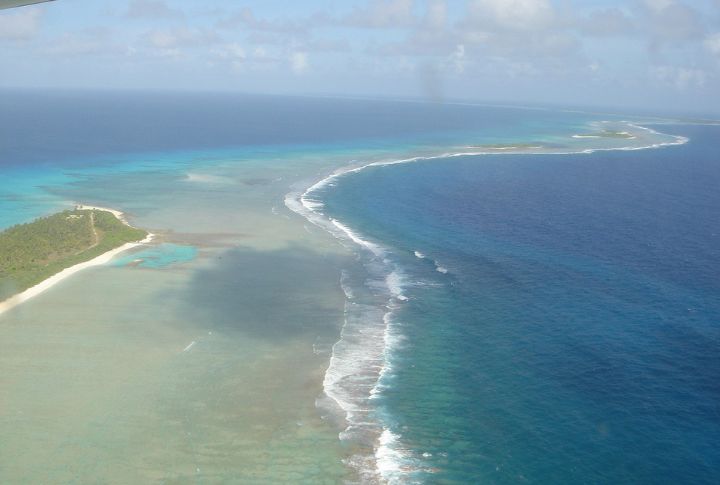
What once was paradise now hides nuclear ghosts beneath turquoise waves. Bikini Atoll’s radiation levels are low enough for short visits but too high for settlers. Divers descend through coral gardens into eerie wreckage. Warships from Cold War tests are presently fused into marine sanctuaries, unlike anywhere else on Earth.

